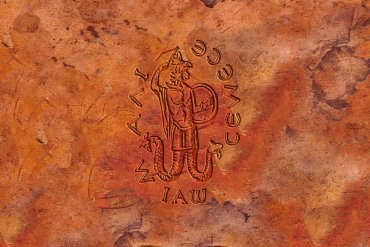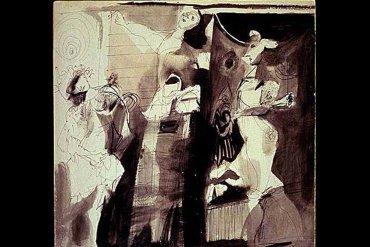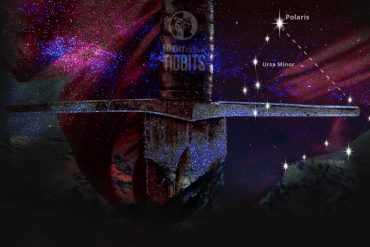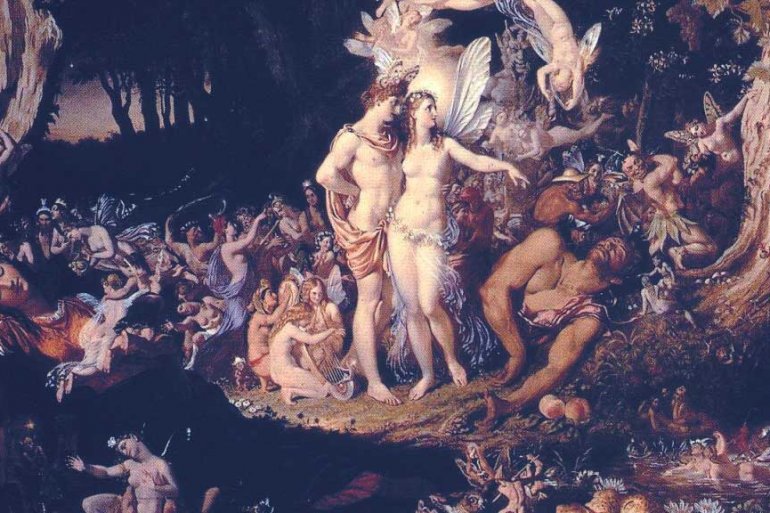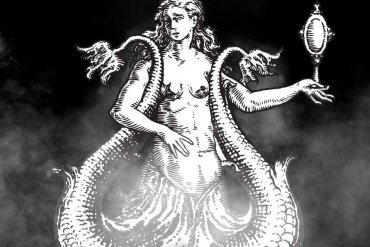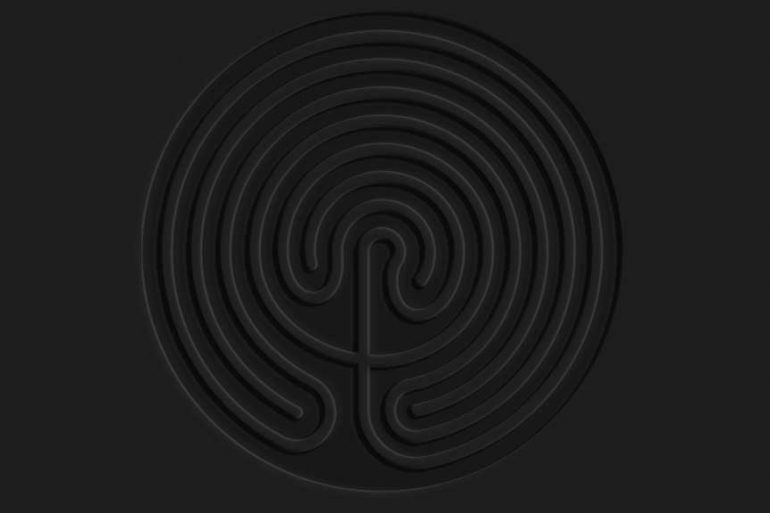Carl Jung had written extensively on Abraxas. In his 1916 book called The Seven Sermons to the Dead, Jung called Abraxas a God higher than the Christian God and Devil that combines all opposites into one Being. Abraxas was a polymorphous world spirit which permeates — or even encompass — the very fabric of existence. Abraxas is … a thousand-armed polyp, coiled knot of winged serpents … the hermaphrodite of...
In traditional teaching the location of the center or primordial seat of the Olympian civilization of the Golden Age is to be found in a Boreal or Nordic region that became uninhabitable, Hyperborea. This tradition of Hyperborean origins, in its original Olympian form or in its new emergences of a heroic type, is at the basis of founding or civilizing deeds performed by races that spread into the Eurasian continent...
In Sanskrit, skull cups are known as kapala, and they are generally formed from the oval section of the upper cranium. They served as libation vessels for large numbers of deities, which were mostly wrathful. However, they are also seen with gods such as Padmasambhava (India), who holds the skull cup, which is described as holding an ocean of nectar that floats in the longevity vase. This Elixir was at the heart of many secret orders and was one of […]...
Picasso, the impressive artist-magus of modernism, constantly had an intense feeling for the intrusions of the spirit realms. As a kid he was considered by several of his mates to possess supernatural capabilities, such as mind-reading as well as prophecy. When he travelled to France, Apollinaire, Georges Bataille, Eric Satie, Max Jacob, Jean Cocteau among others initiated him into a sophisticated occult tradition. Occult Picasso Picasso widely used esoteric themes...
In every varieties of the Arthurian legend, the traditional reality of Arthur (who supposedly was the Warrior King of the Nordic Cimres as they definitely battled against the Anglo-Saxons between the 5th and sixth century C.E.), is less important in comparison to the aspect according to which we are led to see in his kingdom a sense of the fundamental regal function purely linked to the Hyperborean tradition, to the...
In the ancient french poem of Oberon, “Huon de Bordeaux,” which has strong similarities not only to Wolfram’s epic but also to the German legends of Ornit and Wolfdietrich, Esclarmonde is the wife of King Huon de Bordeaux. Supported by Oberon, the King of the Faeries, in his struggle with his rebellious brother, Huon promises that after three years he will visit Oberon at his castle in Monmur. When the three years have passed, Huon and Esclarmonde set off in […]...
Deeper levels and meanings in tales not only transcend time, they also cross continents and cultures. These links and hidden meanings one can find best in original local tradition and folklore. One such link is the original French myth of Melusine, whose name is associated with honey. Her story recalls the Indian tradition whereby the royal lineage claimed to come from serpent deities. A theme that reoccurs in more than...
In almost all myths all over the world the same theme reoccurs. The twelve knights, twelve tribes, twelve heroes etc. In his last and longest dialogue (Laws), Plato teaches: There are twelve feasts to the twelve Gods who give their names to the twelve tribes. Also in early christianity, the image of twelve disciples with the Godman figure at their center echoes the twelve constellations which revolve in the heavens...
Since the dawn of civilization, labyrinths have fascinated humankind. Knossos in Crete, has a distinctive circular maze design with seven rings. Exactly the same design appears mysteriously at different periods in history on stones and artifacts as far apart as India, Norway, Germany, Ireland, England, Arizona, … In English, the term labyrinth is generally synonymous with maze. As a result of the long history of unicursal representation of the mythological Labyrinth, however, many contemporary scholars and enthusiasts observe a distinction […]...
Grimm writes that the Hörselberg of Thuringia was still considered in the 10th through 14th centuries to be the residence of the German goddess Holda and her host. He cited legends of night-women in the service of dame Holda. Those women rove through the air on appointed nights, mounted on beasts. He asserted that they were originally dæmonic elvish beings, who appeared in woman’s shape and did men kindnesses. Grimm...
The number 12 symbolizes masculine solar rationality; 13 is very much connected with the Moon and old Goddess/feminine principle and intuition. The moon is by nature linked with womanhood as the length of the menstrual cycles are synced up with the waxing and waning of the moon, occurring around every 28 days. In the ancient times when people were more aware of nature, many women were synced up with the...
Emerald. Above all, the glitter of gems has enchanted us and held us hostage. Despite their secret birth underground, they live a rather public life among us, admired, bought, sold, and hoarded. They have become ours in a way a hunk of raw granite never can. Gems have studded ears, adorned fingers, encircled arms, and emblazoned belly buttons. Bits of compressed carbon no larger than a match head have transmogrified themselves into emblems of undying love. Nothing could be more […]...

